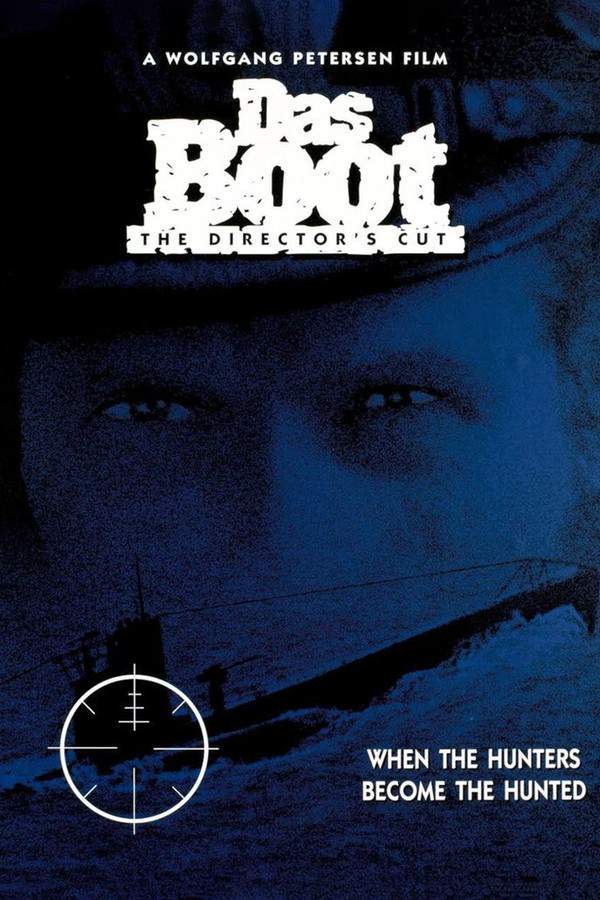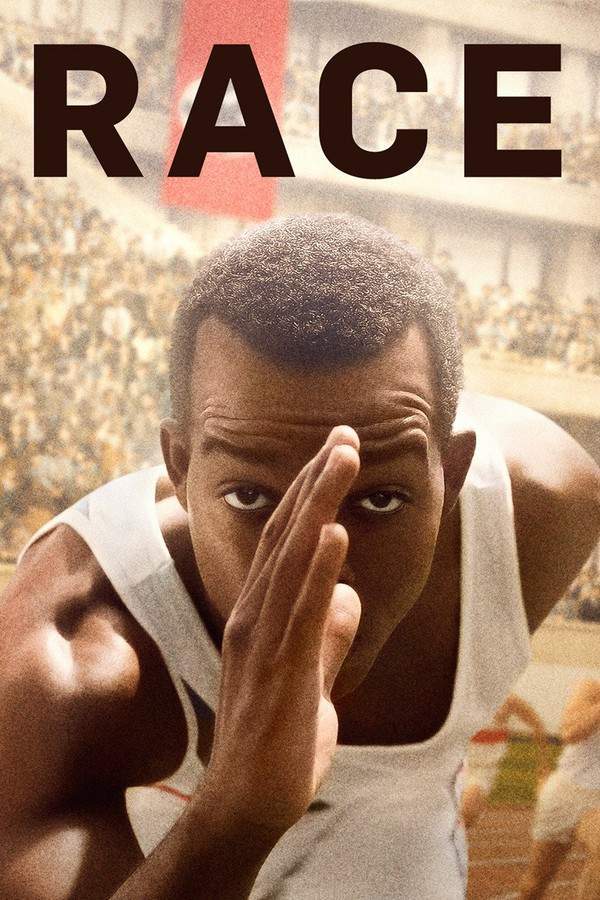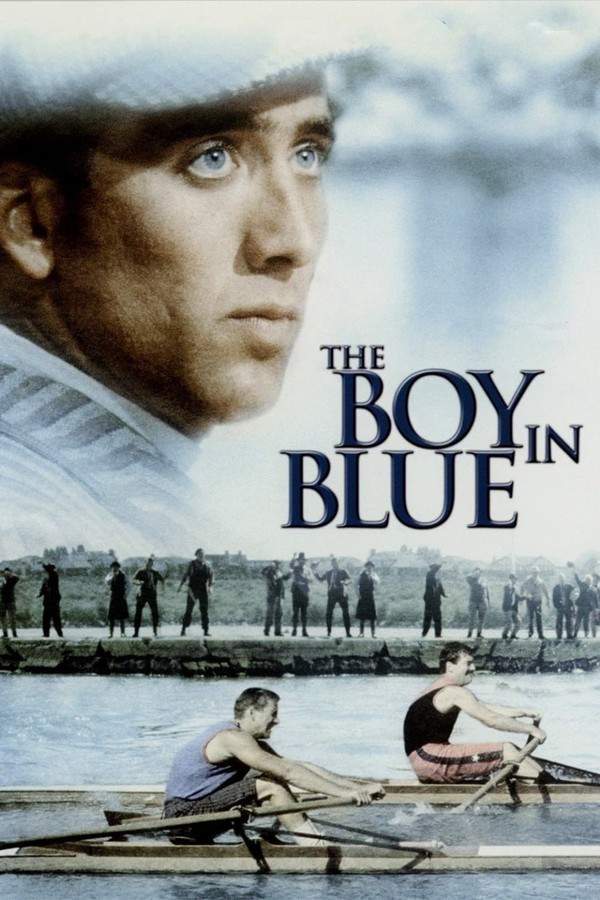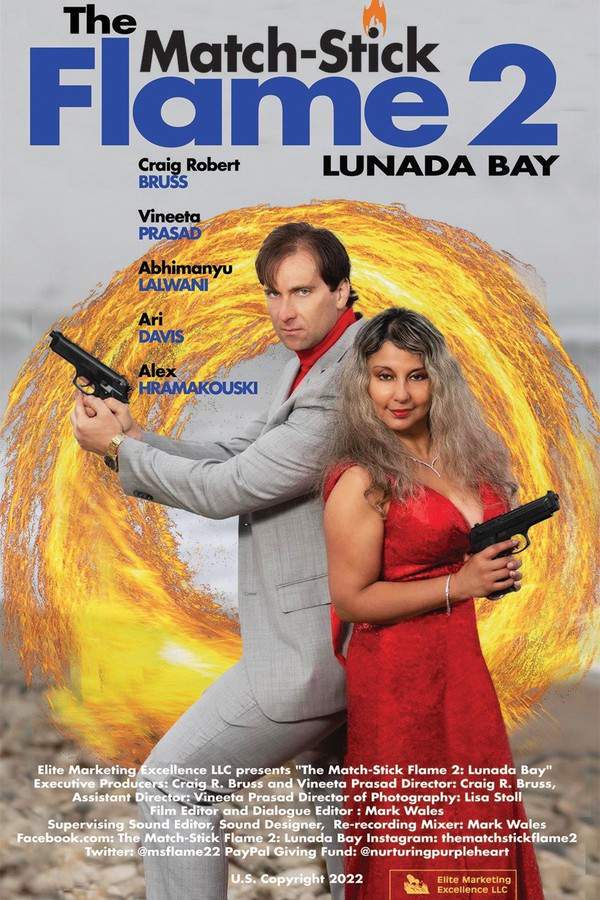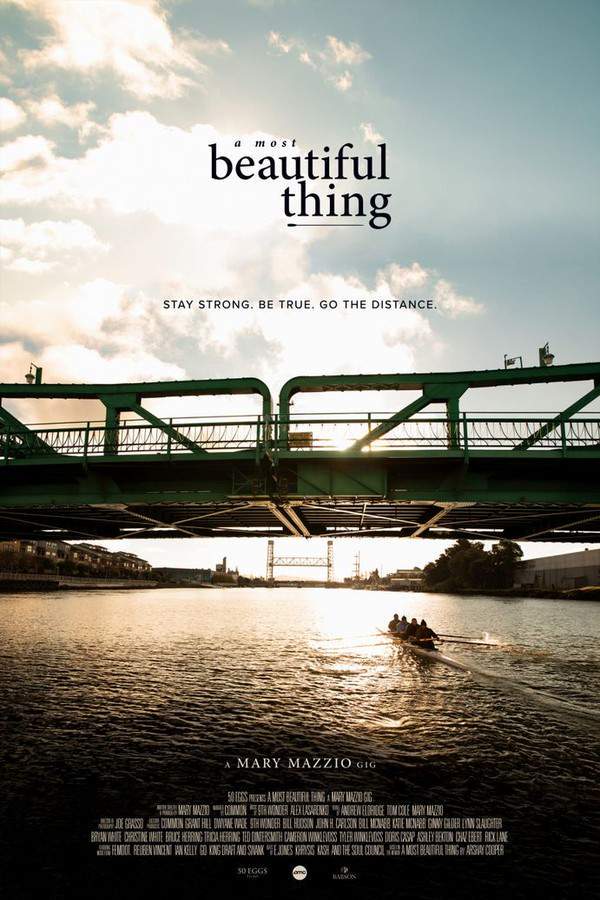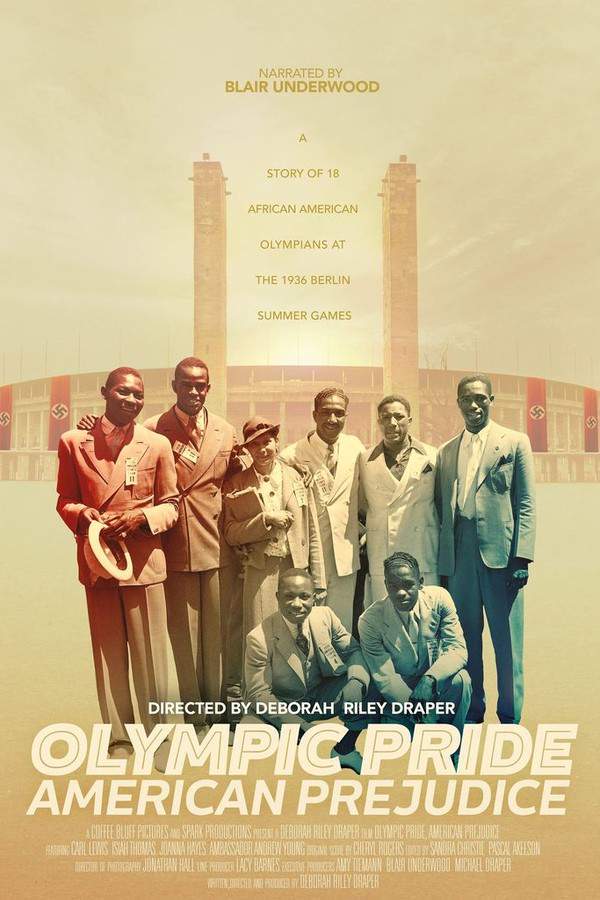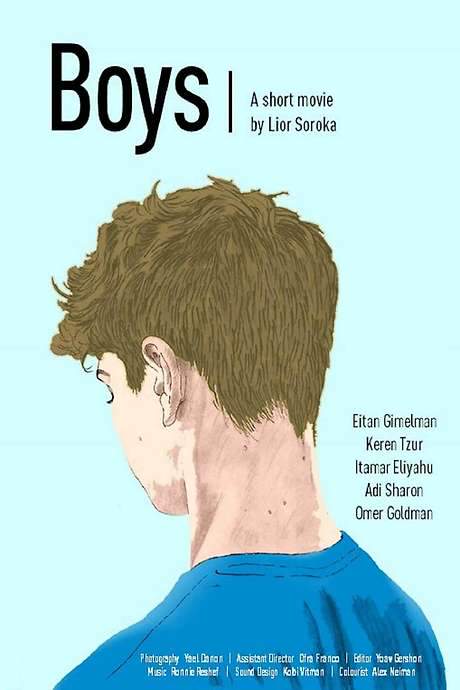The Boys in the Boat 2023
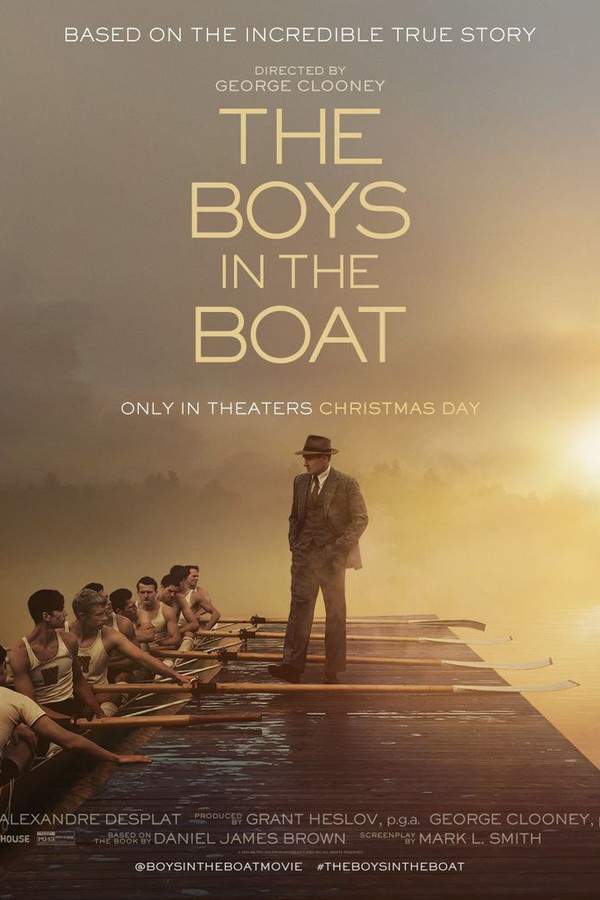
During the Great Depression, the University of Washington’s rowing team unexpectedly rises to challenge the established elite and compete on the world stage. This is the story of their improbable journey to the 1936 Berlin Olympics, where they face seemingly insurmountable odds and discover the power of teamwork, perseverance, and unwavering determination.
Does The Boys in the Boat have end credit scenes?
No!
The Boys in the Boat does not have end credit scenes. You can leave when the credits roll.
Meet the Full Cast and Actors of The Boys in the Boat
Explore the complete cast of The Boys in the Boat, including both lead and supporting actors. Learn who plays each character, discover their past roles and achievements, and find out what makes this ensemble cast stand out in the world of film and television.
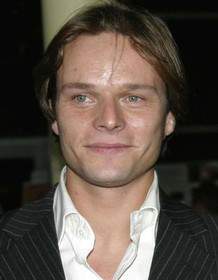
Alec Newman
Harry Rantz
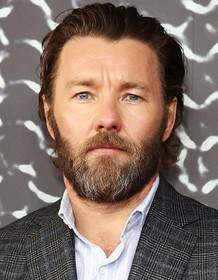
Joel Edgerton
Coach Al Ulbrickson
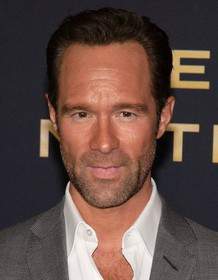
Chris Diamantopoulos
Royal Brougham

Callum Turner
Joe Rantz

Hadley Robinson
Joyce Simdars

Luke Slattery
Bobby Moch

Thomas Elms
Chuck Day

Sam Strike
Roger Morris

Courtney Henggeler
Hazel Ulbrickson

James Wolk
Coach Tom Bolles

Jack Mulhern
Don Hume

Edward Baker-Duly
Benjamin Billings

Peter Guinness
George Pocock

Bruce Herbelin-Earle
Shorty Hunt

Wil Coban
Jim McMillin

Tom Varey
Johnny White

Joel Phillimore
Gordy Adam

Glenn Wrage
Coach Ky Ebright

Adrian Lukis
Jay Ellis

Dominic Tighe
Coach Brown
External Links and Streaming Options
Discover where to watch The Boys in the Boat online, including streaming platforms, rental options, and official sources. Compare reviews, ratings, and in-depth movie information across sites like IMDb, TMDb, Wikipedia or Rotten Tomatoes.
Ratings and Reviews for The Boys in the Boat
See how The Boys in the Boat is rated across major platforms like IMDb, Metacritic, and TMDb. Compare audience scores and critic reviews to understand where The Boys in the Boat stands among top-rated movies in its genre.

The Movie Echo Score
The Boys in the Boat presents a traditional underdog narrative reinforced by polished production values and evocative cinematography, but character depth and pacing issues temper its impact. Reviews frequently note the sturdy direction that yields pleasing visuals and an idealist score by Alexandre Desplat, though the narrative adheres to familiar tropes and occasionally lags. The combination of predictable storytelling and solid craftsmanship results in an engaging yet unexceptional sports biopic.
The Movie Echo Score Breakdown for The Boys in the Boat

Art & Craft
In terms of art and craft, the film delivers polished visual and design elements but rarely takes creative risks. Critics highlight the strong cinematography, authentic production design, and thoughtful costume work that evoke the 1930s setting. Some point to occasionally puzzling editing choices and a restrained directorial style that lacks a defining edge. Overall, the craft is competent and visually pleasing, though it stops short of distinction.

Character & Emotion
Character and emotional resonance are a notable weakness in the film. While the lead and supporting cast deliver solid performances with occasional heartfelt moments, many characters remain underdeveloped and lack distinctive arcs. Reviews observe that chemistry is uneven and emotional stakes feel manufactured at times. Consequently, the film’s performances provide competence and sincerity but offer limited lasting impact or deep connection.

Story & Flow
In terms of story and flow, the film adheres to a conventional underdog formula with measured pacing. Observers note that the plot is coherent but predictable, relying on familiar sports biopic conventions and offering few surprises. Early segments are cited as sluggish and the narrative occasionally stalls before the climactic race. Overall, the storyline remains engaging enough for finish-line drama but lacks originality.

Sensory Experience
When it comes to the sensory experience, the film excels in musical accompaniment and visual coherence. Alexandre Desplat’s score earns praise for its idealist tone, though some suggest it misses opportunities to heighten tension. The cohesive visual style—highlighted by authentic set design and period costumes—supports immersive rowing sequences. Sound design is understated but effective, contributing to the overall atmosphere. Together, these elements form the film’s strongest sensory asset.

Rewatch Factor
In terms of rewatch factor, the film offers modest replay value centered on its polished craft and final race sequence. Its straightforward narrative and familiar sports drama structure provide a comfortable viewing experience, while striking visuals and an inspiring climax retain some appeal. However, the lack of deeper character layers and thematic complexity reduces incentives for repeated viewings. As a result, rewatchability is adequate but not compelling.

54
Metascore
6.4
User Score


57%
TOMATOMETER

96%
User Score

7.0 /10
IMDb Rating
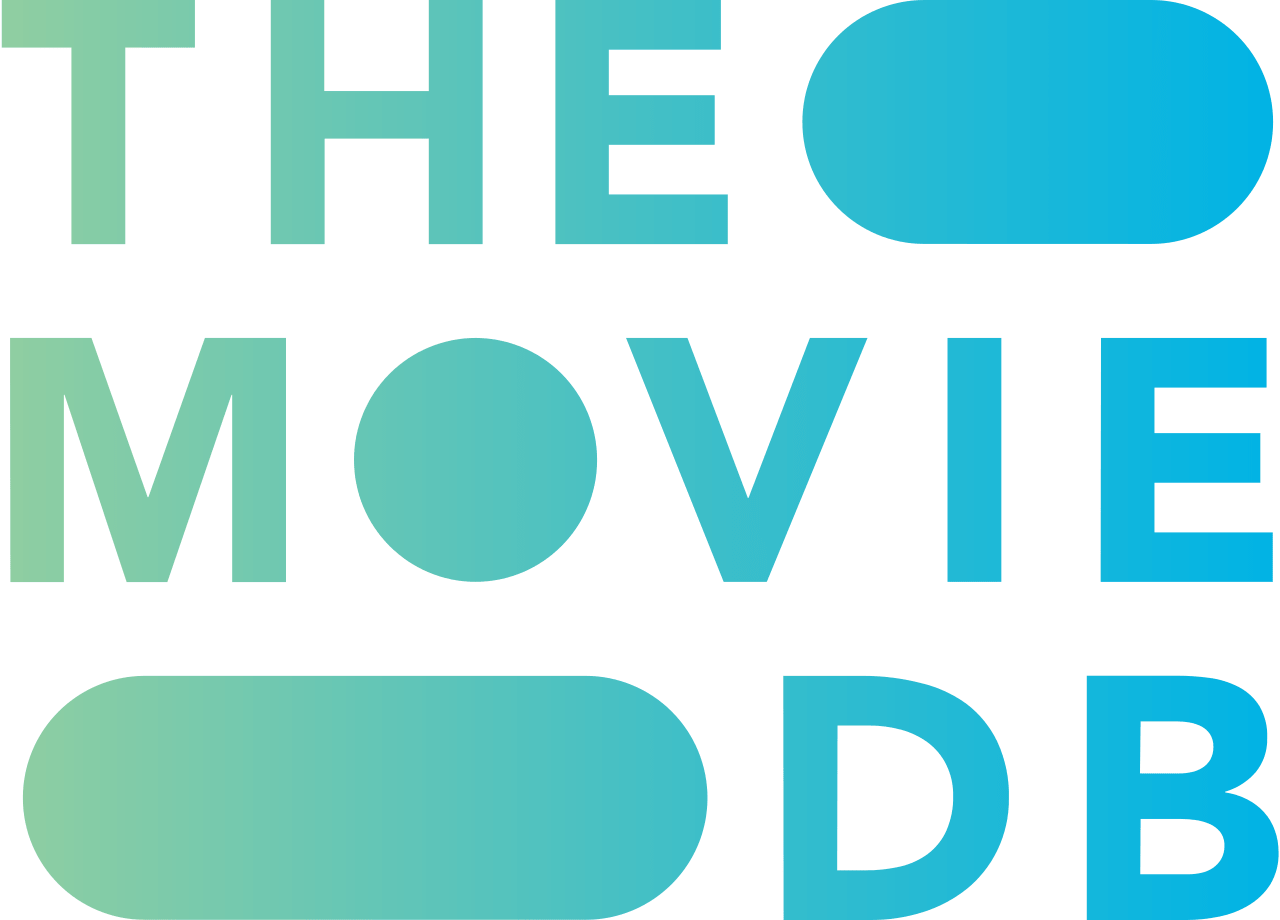
72
%
User Score

3.3
From 320 fan ratings
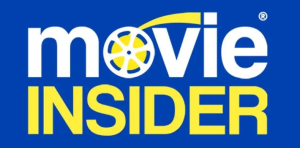
5.00/5
From 10 fan ratings
Take the Ultimate The Boys in the Boat Movie Quiz
Challenge your knowledge of The Boys in the Boat with this fun and interactive movie quiz. Test yourself on key plot points, iconic characters, hidden details, and memorable moments to see how well you really know the film.
The Boys in the Boat Quiz: Test your knowledge on the inspiring story of Joe Rantz and the University of Washington's rowing team as they prepare for the 1936 Olympics.
What major life challenge does Joe Rantz face at the beginning of the story?
Being abandoned by his family
Living in an abandoned car and relying on canned goods
Struggling to find a job after college
Facing serious health issues
Show hint
Full Plot Summary and Ending Explained for The Boys in the Boat
Read the complete plot summary of The Boys in the Boat, including all major events, twists, and the full ending explained in detail. Explore key characters, themes, hidden meanings, and everything you need to understand the story from beginning to end.
An elderly Joe Rantz reflects on his past while watching his grandson row a fiberglass boat, stirring memories of his own glorious days on the water. Back in 1936, young Joe Rantz (played by Callum Turner) is a struggling engineering student at the University of Washington (UW). He is living in an old car, relying on canned food to survive, and facing the imminent threat of no job and tuition fees due in two weeks. With local job opportunities already filled, he feels the weight of desperation.
Fellow student Roger Morris (portrayed by Sam Strike) introduces Joe to the UW’s junior varsity (JV) rowing team, which offers the promise of jobs and accommodation. Despite not being seasoned rowers, Joe and Roger manage to join the team during a pivotal year for Coach Al Ulbrickson (Joel Edgerton), who faces immense pressure to outperform rival Cal and secure a spot in the 1936 Olympics. Hundreds of hopefuls vie for just eight spots, enduring a grueling selection process over several weeks.
Coach Al instills a fiery determination within his team, asserting that while an average human consumes 4 liters of oxygen per minute, a rower must train their body to absorb 8. Joe and Roger are content to have dormitory life and steady meals, even taking on janitorial jobs to cover tuition. The RV lineup includes fellow rowers like Don Hume (Jack Mulhern), Shorty Hunt (Bruce Herbelin-Earle), and others, all under the watchful eyes of assistant coaches Tom Bolles (James Wolk) and Coach Brown (Dominic Tighe). Al shares a supportive home life with his wife Hazel (Courtney Henggeler).
Competing against a formidable Cal team coached by Ky Ebright (Glenn Wrage), Joe embarks on a budding romance with Joyce Simdars (Hadley Robinson), confiding in George Pocock (Peter Guinness) about his troubled past after being abandoned by his father. Under Al’s guidance, the JV and varsity rows together, striving to hone their technique and synchronize their movements. With mounting pressure as the varsity crew falters, Coach Al anxiously brings back Bobby Moch (Luke Slattery), a talented yet headstrong coxswain.
During the thrilling Pacific Coast Regatta, the UW team shocks spectators with a remarkable win, which propels them to campus stardom. The spirits soar as Joe and Joyce grow closer, and even the typically introverted Hume finds a date. However, the onset of the prestigious Poughkeepsie Regatta looms; Coach Al makes a risky decision by elevating the JVs above the experienced varsity team, fully aware of the competitive strength of Eastern schools that have been rowing for years.
After a tense encounter with his estranged father Harry (Alec Newman)—who offers Joe neither compassion nor support—Joe struggles during practices and risks being sidelined. With encouragement from George, he renews his commitment, understanding that it’s all about the team, the only constant in his life.
On race day, sensing the tense atmosphere, Coach Al devises a careful strategy for Bobby, urging him to start slow and unleash the team’s full potential in the latter half. Bobby’s initial pace steadies the crew, driving them forward through the competition, surprising many as they take on fierce rivals Navy, Cal, and other prestigious schools.
In an unexpected turn, the University of Washington finds itself needing to raise $5,000 to fund their Olympic dreams. The community rallies, and in a whirlwind effort, the funds are secured just in time to depart for Berlin. Facing both excitement and uncertainty as they arrive in Nazi Germany, the team’s challenges escalate when Hume succumbs to illness, risking their chances.
During the opening ceremonies, thrilling interactions ensue as Roger reminds Jesse Owens, “>not the Germans, the folks back home.” The team performs astonishingly in qualifiers, but the pressure mounts as they prepare for finals against the formidable German team. Coach Al grapples with lane assignments that may undermine their performance, yet he remains resolute in guiding his team to capitalize on the final 500 meters.
The climactic race unfolds with Adolf Hitler watching expectantly; however, as the gun fires, Bobby leads the UW to a stunning gold medal finish in a nail-biting photo finish against Italy and Germany—a victory that reverberates beyond the water, leaving a profound impact on everyone involved.
As the elderly Joe emerges from his reverie, he imparts to his grandson that despite all odds, his eight-man crew was truly one.
Uncover the Details: Timeline, Characters, Themes, and Beyond!

Coming soon on iOS and Android
The Plot Explained Mobile App
From blockbusters to hidden gems — dive into movie stories anytime, anywhere. Save your favorites, discover plots faster, and never miss a twist again.
Sign up to be the first to know when we launch. Your email stays private — always.
Watch Trailers, Clips & Behind-the-Scenes for The Boys in the Boat
Watch official trailers, exclusive clips, cast interviews, and behind-the-scenes footage from The Boys in the Boat. Dive deeper into the making of the film, its standout moments, and key production insights.
The Boys in the Boat Themes and Keywords
Discover the central themes, ideas, and keywords that define the movie’s story, tone, and message. Analyze the film’s deeper meanings, genre influences, and recurring concepts.
The Boys in the Boat Other Names and Titles
Explore the various alternative titles, translations, and other names used for The Boys in the Boat across different regions and languages. Understand how the film is marketed and recognized worldwide.
Similar Movies To The Boys in the Boat You Should Know About
Browse a curated list of movies similar in genre, tone, characters, or story structure. Discover new titles like the one you're watching, perfect for fans of related plots, vibes, or cinematic styles.
Quick Links: Summary, Cast, Ratings, More

What's After the Movie?
Not sure whether to stay after the credits? Find out!
Explore Our Movie Platform
New Movie Releases (2025)
Famous Movie Actors
Top Film Production Studios
Movie Plot Summaries & Endings
Major Movie Awards & Winners
Best Concert Films & Music Documentaries
Movie Collections and Curated Lists
© 2025 What's After the Movie. All rights reserved.













